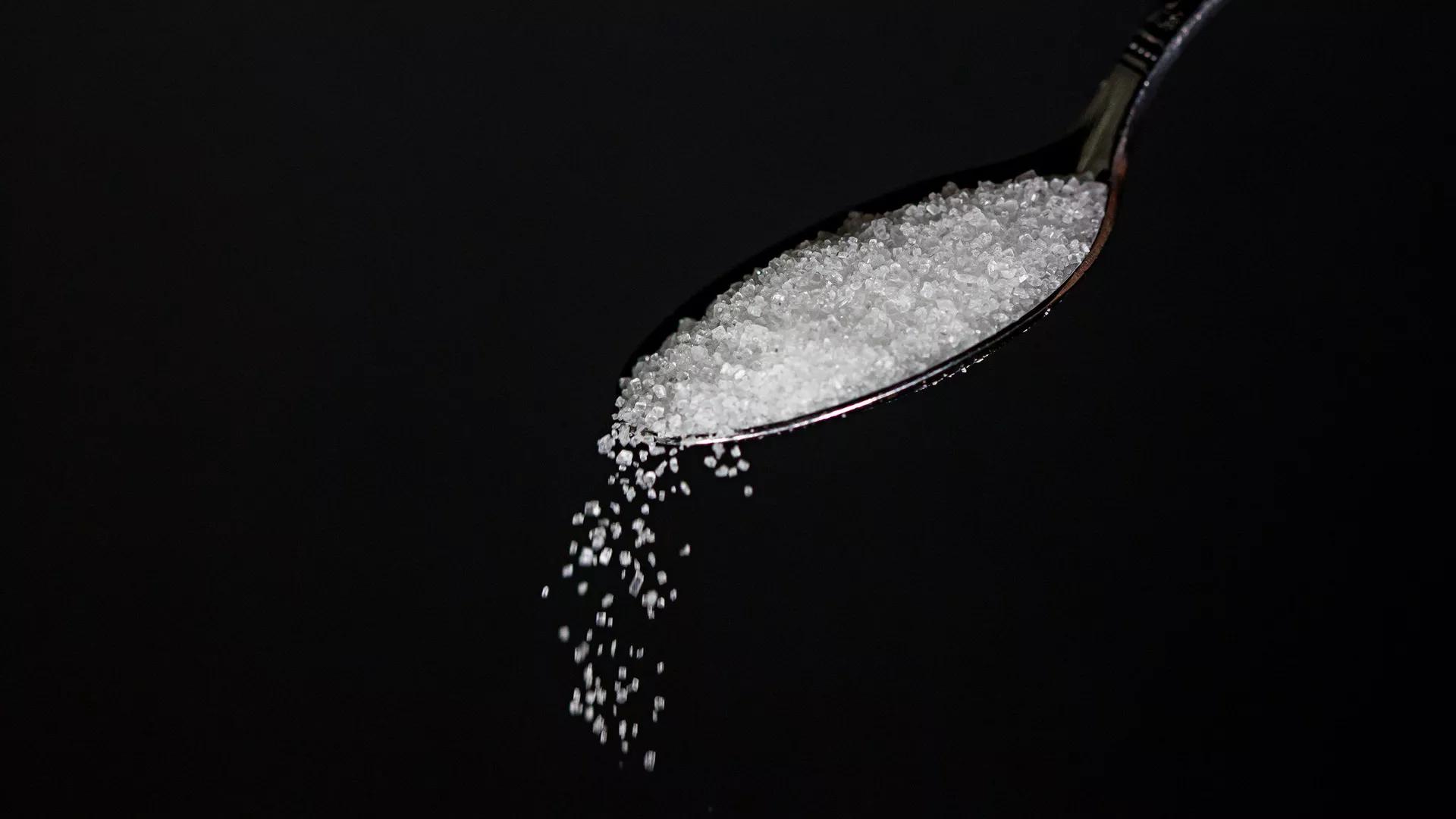Africa-Press – Cape verde. Researchers estimate that if the sugar currently residing in the seagrass rhizosphere were to be degraded by microbes, it would lead to vast quantities of carbon being released back into the atmosphere.
Researchers from the Max Planck Institute for Marine Microbiology have recently established that seagrasses produce and release truly staggering amounts of sugar into the environment.
During the course of their study, the team determined that while the seagrass Posidonia oceanica excretes sugars – sucrose mainly – into its rhizosphere, it also produces phenolic compounds which inhibit microbial consumption of that sucrose, thus leading to the sugars accumulating into concentrations “nearly 80 times higher than previously observed in marine environments”.
As Nicole Dubilier, director at the Max Planck Institute for Marine Microbiology, explained, seagrasses produce sugar during photosynthesis, and while “under average light conditions, these plants use most of the sugars they produce for their own metabolism and growth”, the high light conditions cause them to “produce more sugar than they can use or store”.
The sucrose that ends up there also helps trap carbon that would otherwise be released into the atmosphere, and the destruction of seagrass meadows may not bode well for the environment, with the media outlet pointing out that seagrasses are “rapidly declining in all oceans”.
For More News And Analysis About Cape verde Follow Africa-Press






